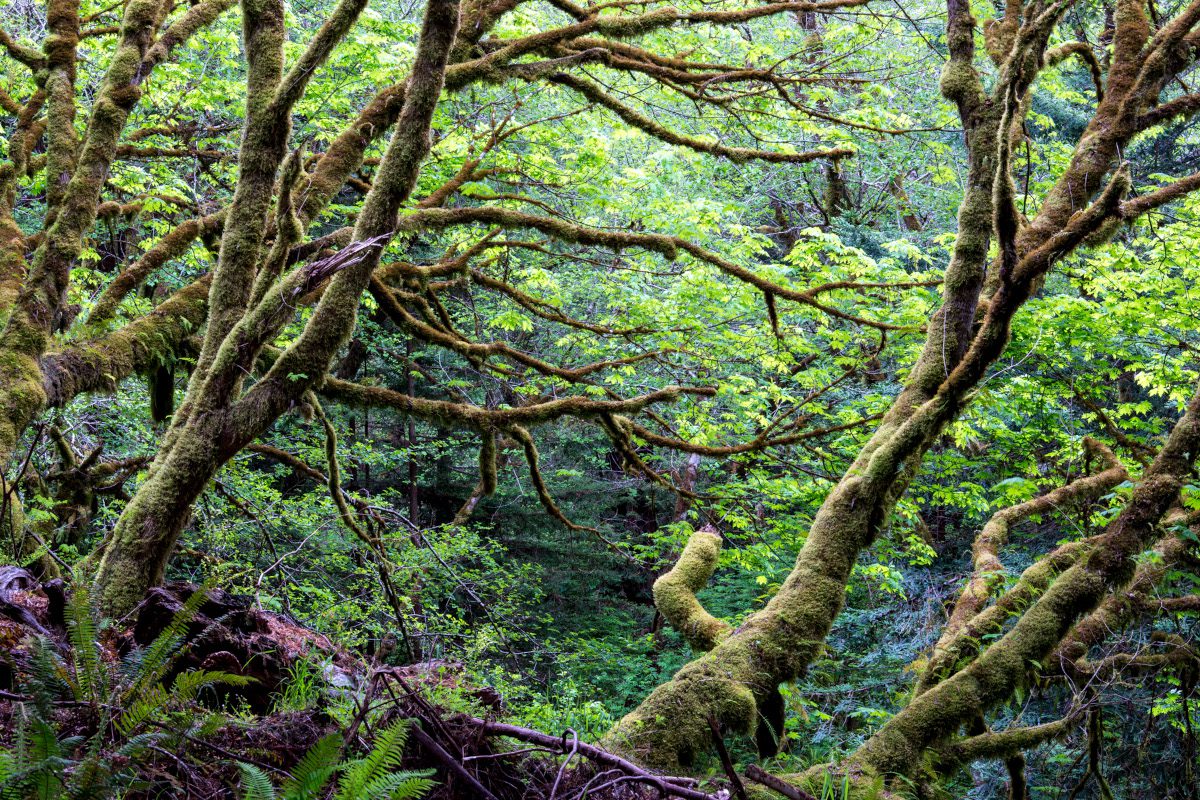
Global forest restoration could generate approximately US$1 trillion in new revenues for landowners over the coming decades, according to a new report by analysts Frontier Economics and reforestation firm Terraformation.
The business case for landowners to restore degraded lands, or create new forests, has grown increasingly strong due to the advancement of carbon markets, the proliferation of global climate commitments, and the advancement and affordability of forest restoration technology, such as off-grid solar powered desalination and forest management apps.
Once landowners break-even on their investment, the potential economic opportunity could total US$204 billion a year. These returns to landowners are only a portion of the much bigger value of the restoration economy, which includes valuable ecosystem benefits such as flood risk prevention, water filtration, and tourism, which come with creation of forests.
The report highlights four main policy levers to unlock the full potential of the restoration economy:
- Implementing global carbon markets: COP26 presents a huge opportunity to create effective carbon markets and help unlock the restoration economy.
- Funding research and development into land restoration: Increased R&D spend would reduce the cost of restoration and improve the outcomes from restoration efforts.
- Developing policies to incentivise landowners to restore land: This includes clarity of ownership, payments for ecosystem services (e.g., flood prevention) and local planning decisions.
- Using global trade agreements to lower barriers to trade in a wider set of forestry products: Increased trade in forestry products would provide incentives to landowners to restore land and realise the private and social benefits of restoration.
Following this report, Terraformation is calling for financial institutions to act faster to create structured products to finance restoration and unlock large flows of capital and for governments to take the opportunity at COP26 to create more inclusive carbon markets, which often exclude smaller landowners, particularly in developing nations.
Commenting on the report findings, Yishan Wong, founder and CEO of Terraformation, said: “Forest restoration is the most effective, cost-efficient, and immediately scalable carbon capture solution to reverse climate change. Now there is a compelling business case for it, too.
“Massive global reforestation represents the largest investment opportunity of our time, and unlike most proposed carbon sequestration technologies, land restoration creates significant value for society as well as landowners. To realise this massive opportunity, we are calling for two things: First, financial institutions need to move faster to create new ways for countries and large institutions to channel capital into restoration projects. Second, governments must use COP26 to create an effective carbon market that does not systematically lock out lower-resourced landowners who can’t cover the high costs of existing high-quality verification protocols.
“This is the decade for action on the climate crisis. No one has the option to sit this out. Every organisation, government, community, person, or company who manages unused or degraded land should prioritize its restoration.”
Matthew Bell, Frontier Economics Director and former CEO of UK Climate Change Committee said, “The business case for restoration is increasingly clear. Landowners and local communities stand to earn hundreds of billions of dollars in the coming decades, alongside the wider social and environmental reasons to restore marginal land. Acting to reduce climate change is increasingly a business proposition across many sectors of the global economy, as well as a social imperative. This analysis adds forestry to the growing list of areas where, with suitable government action, there are significant future business opportunities.”
Other report findings include:
- Net landowner revenue from tropical forests could range from $5,000 to over $20,000 per hectare, depending on the price of carbon and the costs of labour required to maintain the forest and harvest its products.
- Temperate forest net revenue could range from $3,000 to $8,000 per hectare, depending on similar assumptions.
- The ‘break-even’ point for a landowner’s investment depends on carbon prices, as well as markets for forest products or crops. At high carbon prices, this can be within the first decade; at more moderate prices (e.g. offsets at around US$10/ton), landowners may break even within 25 to 30 years of beginning restoration. This again shows how an effective carbon market can unlock the potential of the restoration economy.
*This calculation includes restoring degraded tropical and temperate forest ecosystems. It is based on 80 years of cash flows, and does not include the value of restored ecosystem services.






